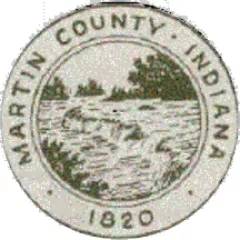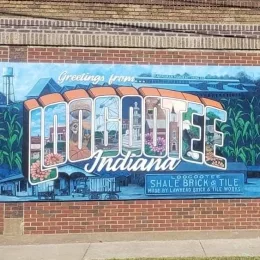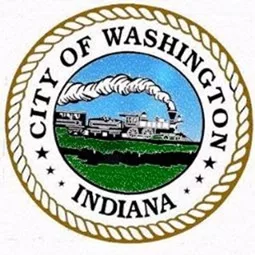Indiana added jobs in July, but not enough to change the unemployment rate.
Indiana’s jobless rate is four-point-one-percent. That’s a quarter of what it was when the pandemic hit, but the rate bottomed out at three-point-nine in March, and has held steady or risen since then. Before the pandemic, Indiana hadn’t topped four-percent since 2016.
Indiana did add 10,600 jobs when seasonally adjusted, but with only a slight change in the workforce.
Ball State economist Michael Hicks says the pandemic is still holding back Indiana’s economy, directly and indirectly. With vaccination rates low and COVID rates high, some workers aren’t willing to go back. And the pandemic continues to reduce demand in face-to-face businesses like restaurants, hotels and entertainment. That means those employers aren’t adding jobs.
Many employers have lamented they have openings they can’t fill. Hicks says there’s no correlation between increased unemployment benefits and labor shortages. But he says the politically opposite argument, that employers aren’t offering enough in wages and benefits, is too simplistic. He suggests businesses which treated workers poorly are discovering potential workers are now less willing to put up with abusive supervisors or inflexible scheduling.
Hicks says the start of school may help people back into the workforce, with child care less of an obstacle. And he He says data the next few months should indicate whether more people are opting for part-time jobs or jobs they can work from home.













